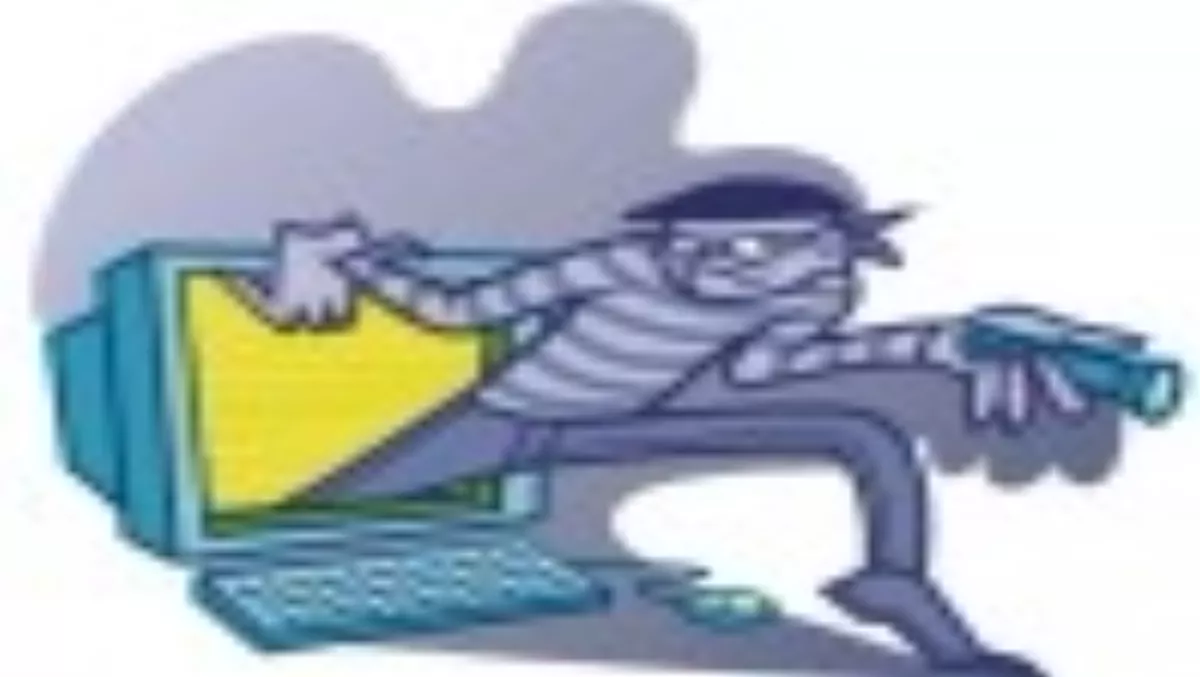
2011 saw further development of security risks for IT users – both as individuals and as employees of businesses. Aside from an increased targeted hacking of websites and online apps, the human factor has always been the weakest link in cyber-security.
The expansion of social media use, not just by individuals but also businesses to communicate with and attract customers is an obvious target for cyber-criminals. Online shopping and financial transactions online are also increasing sharply in spite of the global crisis. Statistical information reveals the amount of money spent for Christmas shopping online has risen nearly 14% since last year and almost 39% since 2008. All this makes it more worthwhile than ever for cybercriminals to invest time and resources in trying to divert some of the money spent online into their own pockets.
Research done by our colleagues at ESET Ireland at the end of 2011 showed that 1 in 4 Irish computer users has had his or her computer crashed or damaged by viruses or malware. 1 in 5 has had their computer infected or data stolen. Fourteen percent
were hacked or had their social media accounts hijacked. And nearly ten percent of the survey population had been cheated, had their credit cards or private info abused, or their system was used to unknowingly dispatch spam. If this is anything to go by when applied globally, the picture doesn’t look good. While several large botnet organisations were successfully defeated last year , the scope of them surprised even many researchers.
Making people’s curiosity work against them is always a favourite tactic of cybercriminals. 2011 saw a great increase of fake links to "shocking” stories or videos hitting social media such as Facebook or Twitter, redirecting users to malicious websites. Because people tend to search online for hot topics (or news of hot celebrities), cybercriminals also massively poisoned search results by creating webpages that refer to any current hot topic, making them appear prominently in web searches using search index optimization techniques, then again redirecting people to drive-by-malware distributing websites.
What can be expected in 2012
- Mobile malware is becoming a focus of cybercriminals. With increasing functionality of mobile devices, many new avenues of malicious activity will open up and be exploited to the fullest by cybercriminals.
- Malware infections are expected to keep botnets growing to be used in various ways for directed and orchestrated hacking attacks, spam runs and malware propagation.
- We will see increased use of social networks' real time search results for social engineering and Black Hat SEO.
- Poisoned search engine results will continue to be a popular way of distributing malware.
- There will be an increased interest in digitally signing malware using stolen code-signing digital certificates.
- Expect an increase in native 64-bit malware, especially rootkits (may tangentially tie into digital certificates, above).
To minimise the risks that users present to your IT security don’t rely on security infrastructure alone. Maintain a regular security education program. Keep users informed of the changing nature of risks and scams so they are better able to avoid them and most of all, as we keep repeating: Think before you click.